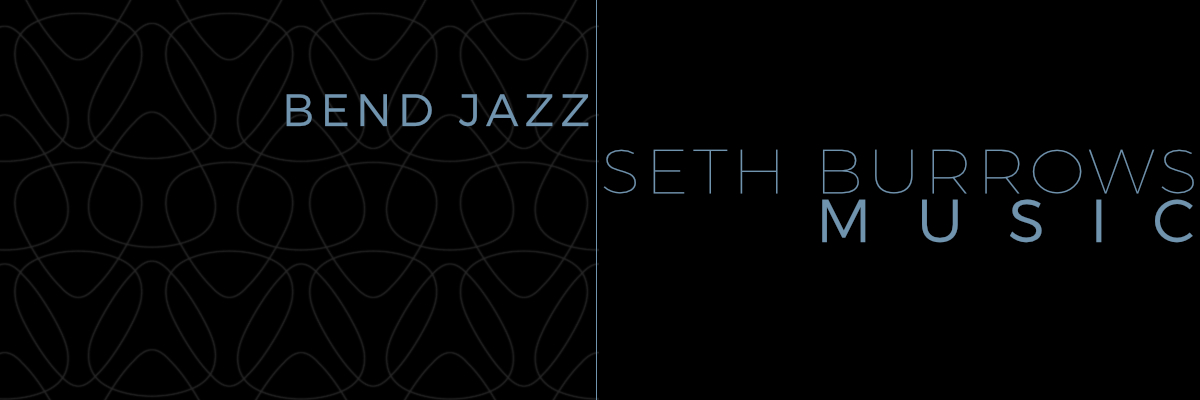Hey there seven followers (and stealthier types)!
I hope all is well with you.
I think this week we’ll get to the point, finally!
Last week, we went over the construction of chords and the four basic types of triads. To quickly review:
1. Triads are built from two stacked thirds.
2. The Four basic triads are Major, Minor, Diminished, Augmented.
3. A Major Triad is built by stacking a Minor Third on top of a Major Third.
4. A Minor Triad is built by stacking a Major Third on to of a Minor Third.
5. A Diminished Triad is built by stacking Minor Third on top of a Minor Third.
6. An Augmented Triad is built by stacking a Major Third on top of a Major Third.
Harmonizing the Major Scale
If we were to take our old familiar C Major Scale:
…and build triads based in each degree of the scale, here’s what we get:
In the above graphic, triads with an “M” above them are Major, triads with an “m” above them are Minor, and the lone triad with a “D” above it is diminished. Explicitly, these triads are as follows: C Major, D Minor, E Minor, F Major, G Major, A Minor, B Diminished, and then C Major again.
So, you may be asking yourself, why isn’t the triad based on D a Major triad?
The answer is that we are constraining ourselves to notes only found in a C Major Scale. When you build a triad on the second degree of the C Major Scale, you have the notes D F A. From the previous blog posts in this series, you will recognize that the interval from D to F is a MINOR Third, that is, one and one-half steps. The interval from F to A is a MAJOR Third, or two whole steps. When a Major Third is stacked on top of a Minor Third, a MINOR triad is constructed:
When we analyze all the rest of the triads in the harmonized major scale, we notice similar things. I’ll leave you to do that for yourself for E through A, they are either major or minor. For the triad built on B, we have a MINOR Third (F-D) stacked upon another MINOR Third (B-D): a Diminished Triad.
The Beginnings of the Number System
For centuries, Composers of Western music have attempted to define the sound of the Harmonized Major Scale by creating a numerical shorthand. They basically took the NUMBER of the degree of the scale upon which the chord was built, and paired that number with the QUALITY of the triad built upon it. In order to make this as easy as possible, they used CAPITAL Roman Numerals to represent the MAJOR triads, and LOWER CASE Roman Numerals to represent the MINOR triads.
Like This:
You notice the odd man out: the B Diminished Triad has the “vii” lower case Roman Numeral symbol, with a small “o” to signify the DIMINISHED quality.
The cool thing about this method of notation is that transposition becomes easy, as long as you are intimately familiar with the Major Scale.
Here’s what I mean: as long as you have memorized the notes at every degree of the major scale, in all twelve keys, you are able to tell that the progression I vi ii V I goes like this in the following keys:
C: C Am Dm G C
Bb: Bb Gm Cm F Bb
F#: F# D#m G#m C# F#
This ease of transposition is what made session players in Nashville simplify this old classical shorthand and modify it to suit their unique needs.
So here goes:
The Nashville Number System
So Nashville session musicians use the same Numerical VALUES, but they use the ARABIC Numerals that we all use on a daily basis to notate the values. Also, they thought that is was easier to assume that the chord was Major, unless explicitly defined. That means that in the key of C, using the NNS, 1 is C Major, 2 is D Major, 3 is E Major, and so on, unless the chord is designated 3min, or 3-…then the chord, in C major, would be E Minor.
So the same I vi ii V I progression from above looks like this in the Nashville Number System:
1 6- 2- 5 1
Those are really the basics, let’s see they look in a practical application:
Check out this chart:
This week, I’ve been recording guitars, trying to finish a song, new weird G4 Mac, that I installed Debian on….now if I could just get that pesky WiFi to work….and it’s really difficult to find a modern browser that works on the PPC architecture…
I think podcast is immanent, I just have a few things to worry about before that…like trying to eat, and feed my family and stuff like that, but stay tuned!
Not much listening this week, unfortunately.
Write something will ya?





